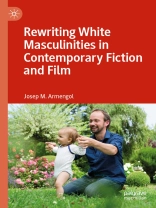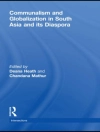This book focuses on the construction of hegemonic masculinity as well as its representations in literature, culture, and film. Although white heterosexual masculinity continues to be the dominant model, it remains, paradoxically, largely invisible in gender terms. While the first three chapters thus offer introductory theoretical perspectives on the latest research on white masculinities, the following chapters concentrate on applying masculinity theory to the analysis of both social constructions and cultural (i.e. literary and film) representations of men’s emotions (with a special focus on new fatherhood models), friendships between men, as well as gender-based violence.
İçerik tablosu
1 Introduction.- 2 Studies of masculinities: an introduction.- 3 Poststructuralism and the «dissolution» of masculine identity.- 4 Masculinity as representation.- 5 Boys don’t cry? Masculinity and the politics of emotion.- 6 Dangerous liaisons? Friendships between men in Western history and culture.- 7 Masculinity as violence? Cultural and literary re-visions.- 8 Conclusions
Yazar hakkında
Josep M. Armengol is Professor of English and Gender Studies at the University of Castilla-La Mancha, Spain. His recent (co-)edited collections include Alternative Masculinities for a Changing World (Palgrave Macmillan, 2014), Masculinities and Literary Studies: Intersections and New Directions (2017) and Aging Masculinities in Contemporary U.S. Fiction (Palgrave Macmillan, 2021).












